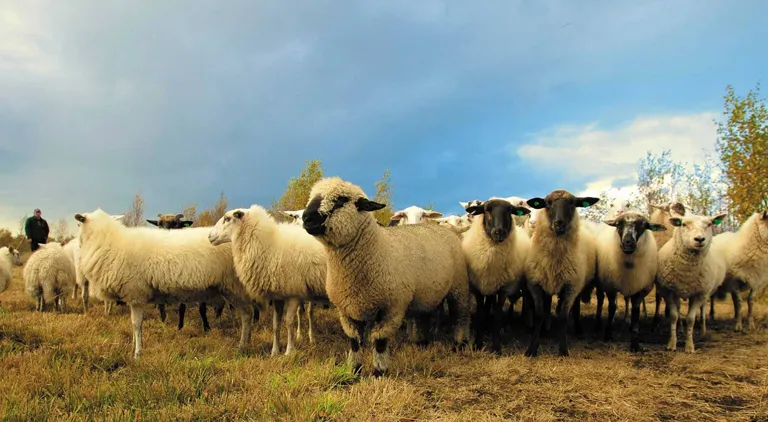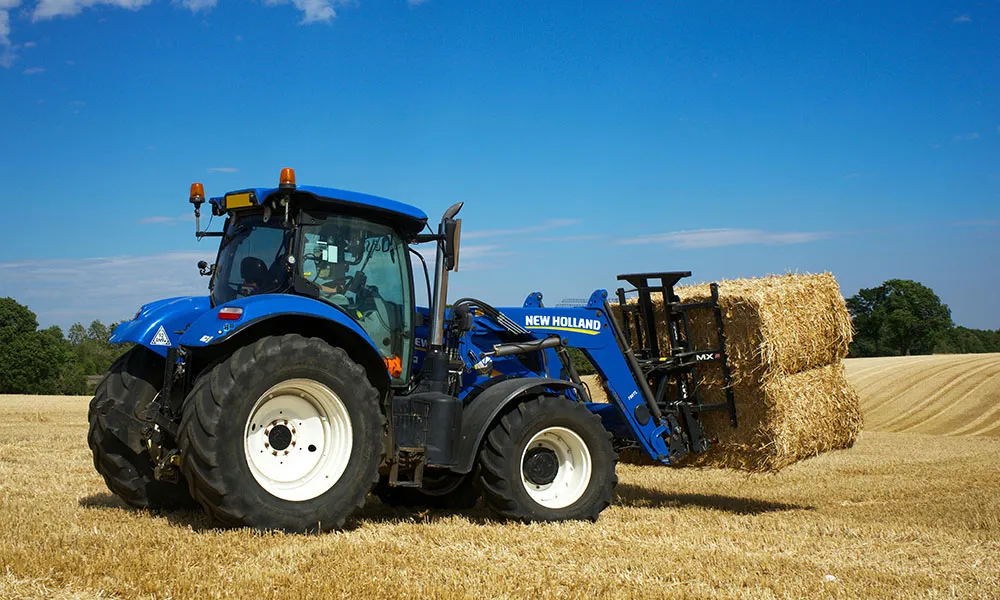
Lambing time is fast approaching on many mid-season lambing flocks and farmers are starting to prepare their sheds, fixing up their lambing pens and replenishing their stocks of lambing essentials. Lubricating gel, iodine, marker spray and tail rings are being ticked off the list of requirements. Stores of colostrum are being put on stand-by. We are totally focused on the future lambing down of ewes, on how to keep lamb losses to a minimum and making sure we cover all our bases. This leaves us susceptible to overlooking the jobs that need to be done in here and now.
Get your flock vaccinated now.
Vaccinating for clostridial diseases is a vital part of protecting your flock, especially for those future lambs you’re focusing on. Neglecting your vaccination programme now could lead to huge losses later in the year. It could make all your hard work over the lambing period null and void.
Booster Vaccines
Now is the time you will need to start looking at your ‘Booster’ vaccinations. These are due two-to-six weeks pre-lambing. It is important to vaccinate ewes for these diseases with a ‘booster’ now. It is through their colostrum that your lambs will be given the antibodies against clostridial diseases. Most available products advise giving the ‘booster’ shot four weeks before lambing is due to begin. This has been shown to give best results for the lambs. However it’s important to remember that a full, two-shot primary course will be required to ensure that the sheep have adequate protection. Ewes that are vaccinated annually have higher antibody levels which allows for antibody transfer to the lambs via colostrum. To ensure that the lambs benefit from the vaccination, it is vital that they receive adequate quantities of good-quality colostrum. Ideally they should get this within the first two hours after birth. The sooner the lambs get this colostrum, the more benefits they will get from it.
The most common pitfalls for Farmers when Vaccinating
- Not giving the full primary course:
Many farmers try to save money by only giving one course of the vaccine and neglect the second. By failing to give the second course you risk the immunity levels from the first vaccine shot being insufficient to protect your sheep. You run a higher risk of losses.
- Administering a lower dose of vaccine than is recommended:
Again in a bid to save on costs farmers ignore the recommended dose rate and administer a smaller dose. Often this is only a half dose! This can result the sheep being under dosed and having a lower antibody response; possibly even no response. They may well not be protected in the face of infection.
- Incorrect storage of the vaccine:
Vaccines must be kept refrigerated as per the instructions and are sensitive to temperature changes. They should be stored in a fringe from the moment you receive them, until you are ready to use them. If there is any left in the bottle seal it and refrigerate again ready for the second course. If, after all sheep have received a second course, you have left over vaccine, you should not keep it until the following year as there is a possibility that it will be ineffective.
- Not using a vaccine which covers multiple clostridia:
There are a number of vaccines on the Irish market, many of which cover up to 10 individual clostridial bacterial species and toxins.
It’s advisable to use a vaccine that covers as many clostridia and toxins as possible as the difference can be catastrophic, and in many cases the price difference between the two vaccines per sheep is small.
The most popular vaccine at the moment is Heptavac P and can be found here.
However if you prefer to use one you know better we have a range of vaccines that can be found here.
RGA










